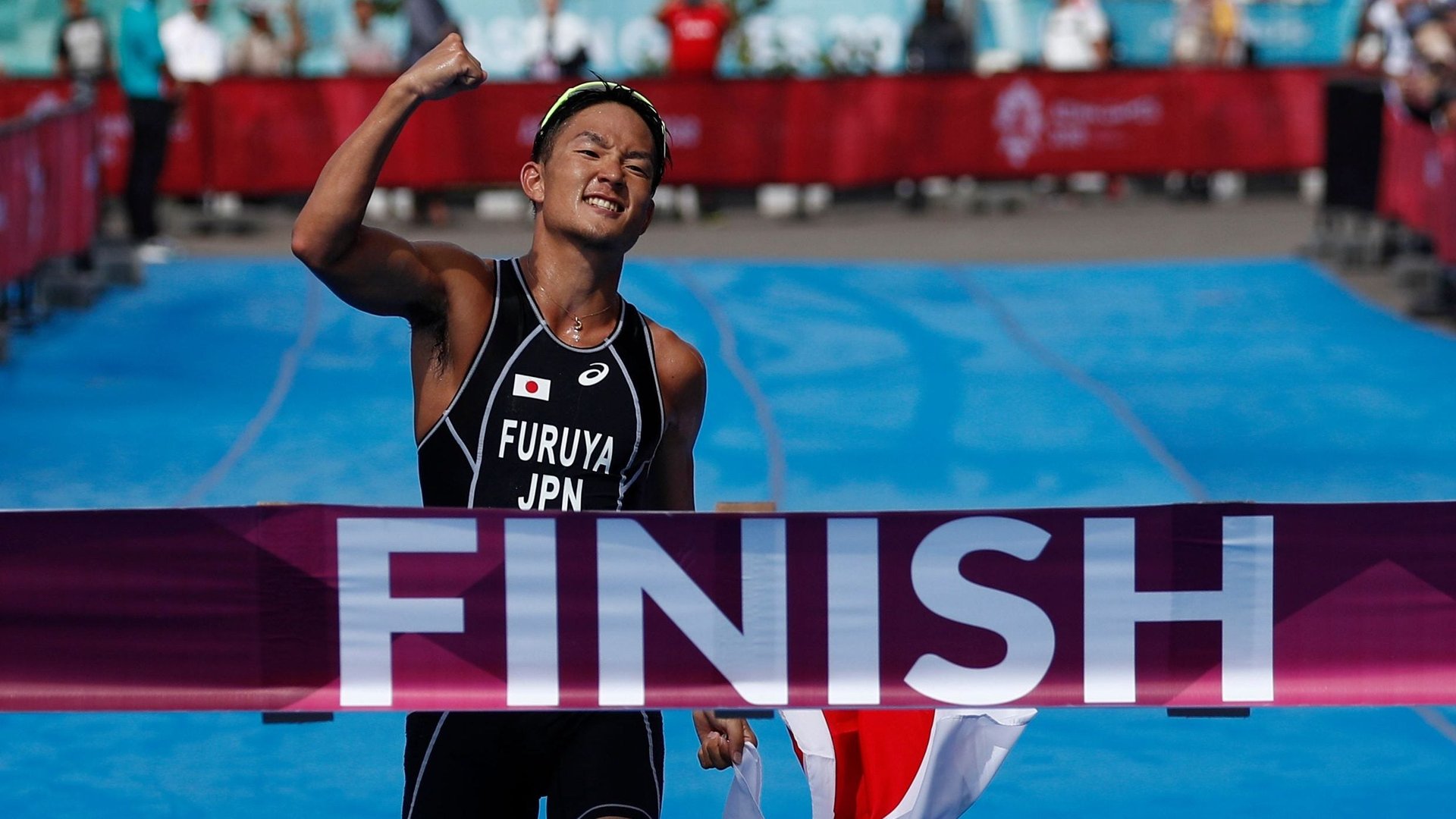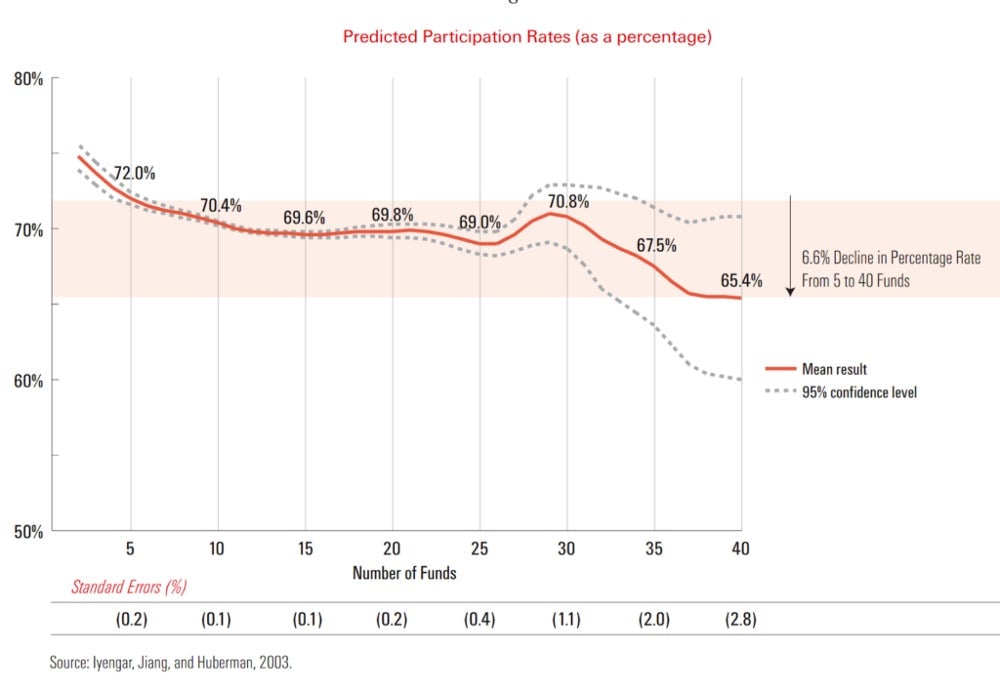Five things to do when you have too many ideas and never finish anything
What do you do when you’re overwhelmed with too many ideas? Do you abandon them, or do you finish what you start?


What do you do when you’re overwhelmed with too many ideas? Do you abandon them, or do you finish what you start?
Juggling multiple ideas and goals—to write, exercise, read more, wake up early and so on—is a tough gig that often begins with excitement, but ends with procrastination, and failure to finish any one of the ideas we started.
Here are five different things to do when you’re overwhelmed with too many ideas and goals.
Why do we fail to follow through on our ideas?
“I have too many ideas for a lifetime.” — Taylor Wilson
In 2003, Sheena Iyengar, Psychologist and Professor at Columbia Business School, conducted an 800,000 employee strong study, to investigate the effects that adding more investment choices had on their participation in retirement saving plans. [1]
At the end of the study period, the researchers gathered the data and plotted the results to answer the question: would more employees participate in retirement saving plans, if more investment choices were made available to them?
As we’d predict, the answer is yes. Afterall, more choice is better. And so, this would be the researchers’ conclusion. Or, was it?

The researchers discovered that adding more investment choices, reduced the likelihood that employees would participate in retirement saving plans.
As per the diagram above, for every 10 funds added to the array of options, the rate of participation drops by 2%. In fact, for those employees who chose to invest, adding more investment choices increased the chances that employees would invest in more conservative funds.
This is the paradox of choice. More choice often leads to less action. The more ideas and goals we pursue, the less likely we’ll follow through on any one of them. And vice versa.
There are other explanations for why we fail to finish what we start. Lack of time, fear of failure, overwhelm from multiple choices that drain energy and a decline of excitement after starting a new project, can lead to chronic procrastination.
When we get stuck in motion at rest, instead of motion in action, our time and energy are wasted on efforts that produce little results.
Here are five different ways to avoid overwhelm, get started, and follow through on your ideas.
Five ways to overcome Too Many Ideas Syndrome
1. Create mini-deadlines
The more time it takes to complete a task, the greater the likelihood that we fall victim to ‘Parkinson’s Law,’ which states that, work expands to fill the time available for its completion.
For example, if you have one week to complete a three-hour task, according to Parkinson’s law, the task will increase in complexity and keep dragging on for the duration of the week. The best way to combat this problem, is to create mini-deadlines that force you to finish tasks within a short time frame.
Action: Create a list of your daily tasks and note (approximately) how much time it takes to complete each one of them. Then, cut the time limit of each task in half. Aim to finish each task by these deadlines.
2. Use the 80/20 rule
In layman’s terms, the 80/20 rule suggests that twenty percent of the what you do contributes to eighty percent of the results you get. In other words, each task can be broken down into activities that either fall into the 20% or 80% group.
For example, if your goal is to exercise more and lose weight, there are some exercises—the 20%, like high intensity sprints—that will significantly contribute to weight loss, more so than others—the 80%, like stretching.
The key is to experiment, discover and focus your time and energy on the 20% activities, that yield the greatest returns. This way, you can get more done by doing less—and in less time.
3. Trust your gut
Often, we hesitate to get started and take action on ideas, because of the fear of failure, rejection, and self-doubt. Countless hours are spent researching and planning to take action, but when it comes time to jump ship, we stay on the boat and fail to follow through on our plans.
In the book Blink: The Power of Thinking Without Thinking (audiobook), world-renowned journalist and author, Malcolm Gladwell, makes a strong case that, often, snap judgements made within seconds, lead to better decisions than a more cautious, thoroughly planned approach.
Next time you’re not sure of what to do next or how to do it, trust your gut instinct and take action on the first thought that crosses your mind, because more times than not, you’ll probably be on the right track.
4. Develop the habit of finishing
Many people have mastered the art of starting, but few have built the habit of finishing. Starting is easier than finishing, but the bulk of the results we seek, lie at the finish line.
The process of building the habit of finishing, is just like any other habit. First, you start small and build up, with a reasonable expectation of how long it will take to form a habit.
Then, you can make small changes to your environment to make it easier to finish whatever you set out to do.
5. Practice quitting
Contrary to popular opinion, the most productive, successful people, quit on their goals all the time—they just know what to quit and when to do so.
The upside of quitting is that you redirect time and energy wasted on an unfruitful idea or goal, towards another more rewarding venture.
Here’s a quick inventory check. If the costs of pursuing an idea has outweighed the benefits—over a period of time—perhaps it’s time to consider cutting your losses. Although it may hurt at first, down the line, you’ll free up more time to focus on better ideas.
Finish what you start
Whilst it can be exciting to start new ideas and goals, if we don’t finish what we start, valuable time and energy—that can’t be recovered—will go to waste.
Falling in love with starting is easy. Falling in love with finishing is hard. But, if you can learn to fall in love with the art of finishing—and the process of overcoming adversity, failures, and working around obstacles—you’ll consistently follow through on your ideas.
Mayo Oshin writes at MayoOshin.com, where he shares practical ideas on how to think and live better by exploring the intersection of science, art and philosophy. To get these ideas and learn how to avoid stupidity, you can join his free weekly newsletter here.